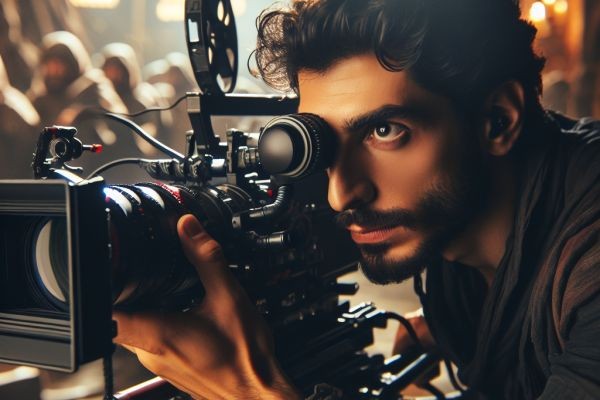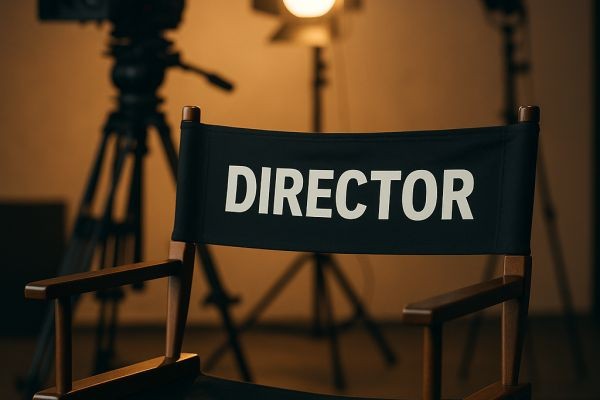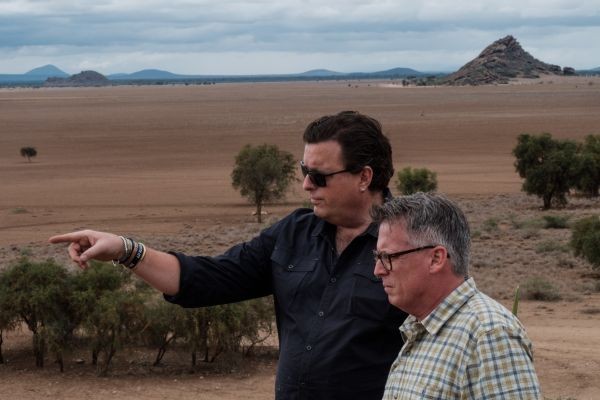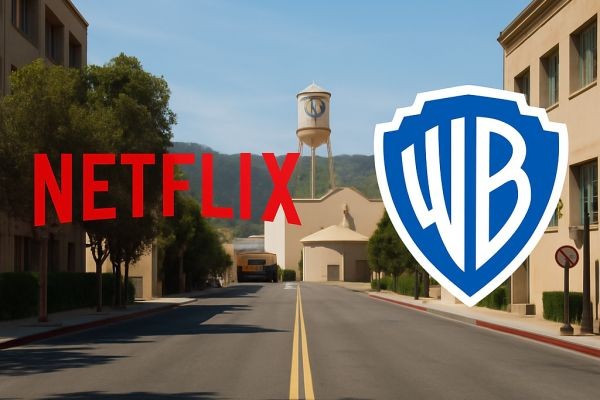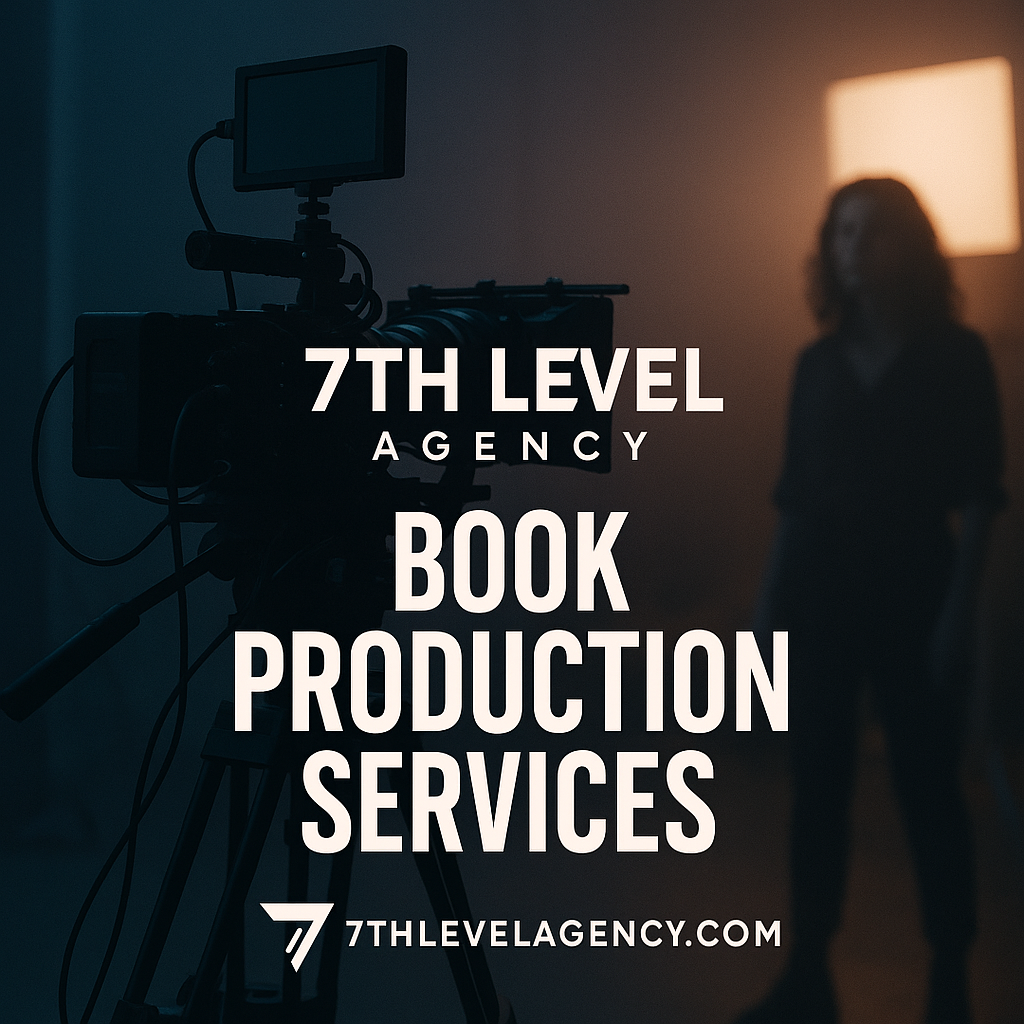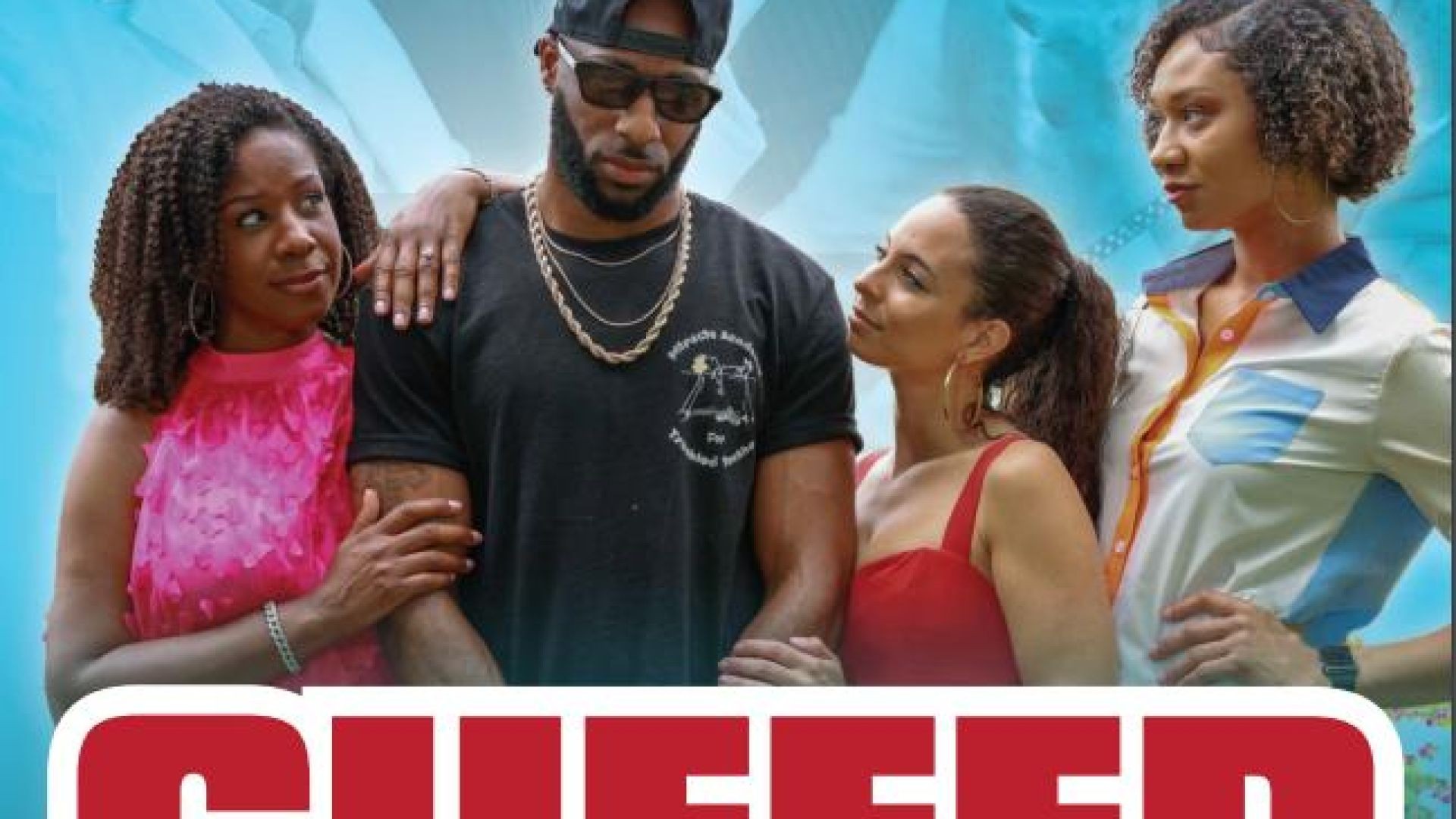Producing an independent film on a shoestring budget doesn’t mean compromising your artistic vision—it means being creative in how you allocate your resources, build your team, and leverage affordable tools. Below is a detailed guide covering cameras & lenses, hiring the right people, finding talent, and software for pre-production & post-production, all tailored to the “micro-budget film” world.
1. Cameras & Lenses: Getting Cinematic Without Breaking the Bank
Choosing the Right Camera
When making a low-budget film, the camera is important—but not everything. As one guide emphasises:
“You might have great lighting and nice framing, but if there is no uniformity to your shots, they will feel disjointed.” Noam Kroll+1
Similarly:
“It’s not the tool, but how you use it.” Reddit
That said, modern affordable cameras offer very good image quality if you know how to use them. For example, a 2025 review lists budget-friendly cinema/indie-capable cameras such as the Blackmagic Pocket Cinema 6K G2, Canon EOS R50, and Panasonic Lumix S5 II. Indie Shorts Mag
Key specs to look for:
Interchangeable lenses (so you can adapt focal lengths).
At least 4K recording if possible (though 1080p can suffice for certain distribution).
Log or flat picture profiles (if you plan to colour-grade).
Good low-light/ISO performance if you’ll shoot guerrilla style or on location.
Reliable media format (avoid obscure codecs that complicate post). As one article points out:
“Mainstream cameras often use formats that most editing software natively support… This means fewer hiccups.” Joshua Caldwell
Lens Choices
Your lenses often matter more to the “look” of your film than the camera body. A few practical lens-tips:
For a cinematic depth of field: use faster lenses (f/1.8, f/2.0) if budget allows.
Use a variety of focal lengths: e.g., wider (~24 mm) for establishing shots, standard (~35-50 mm) for medium/closeups, longer (~85 mm+) for selective focus.
If budget is extremely tight, you can use a decent camera body with a single good lens and plan your coverage accordingly. Critically: plan your shots so you're not forced to buy many lens options.
Vintage or manual lenses can often be borrowed/rented and give distinctive looks—but may require manual focus pulling and more time.
What to Skip or Limit
Don’t obsess over “8K” or ultra-high resolution unless your workflow supports it (storage, editing power) and you truly need it. Many low-budget filmmakers waste time/storage chasing high specs. Joshua Caldwell
Don’t invest in expensive accessories early (e.g., high-end cinema cameras, exotic lenses) if they’ll eat your budget for crew, locations or sound—those yield more visible return.
Practical Setup for an Ultra Low Budget
You might start with something like:
Camera body: a used mirrorless or budget cinema camera that shoots 4K.
Lens: one fast prime (e.g., 50mm f/1.8) plus perhaps a wide zoom for versatility.
Stabilisation: a tripod or monopod rather than a full rig.
Focus on getting solid lighting and sound (often overlooked but critical). As one Reddit contributor noted:
“Sound and lighting are more important than camera.” Reddit
2. Hiring the Right Crew for a Micro-Budget Film
Even with little or no budget, assembling the right team is essential. You want people who believe in your story, bring good work ethic, and can pull off multiple roles if needed.
Define Your Core Crew
For a skeleton crew, critical roles might include:
Director (you, or you + collaborator)
Director of Photography (DP) / cinematographer
Sound recordist (location sound)
Production assistant / grip & lighting combo
Editor (can be post-production or same person)
Production designer/art director (especially if your locations are unusual)
A guide to indie crew hiring explains:
“Establish a clear budget and timeline, find people with the right skills and experience level… you’ll likely want just a skeleton crew.” Backstage
How to Hire & Where to Look
Use film crew directories and job boards: e.g., Mandy, Production HUB. SetHero+1
Local film schools, student crews, or local talent willing to collaborate for portfolio work.
Network in local filmmaking meetups or social media groups.
Make transparent the payment terms: if you can’t pay standard rates, clarify whether it’s volunteer, profit share, credit only, or minimal stipend. From Reddit:
“Generally we try to pay $100 per day… we cover all food, travel, and expendables.” Reddit
Contracts and Expectations
Write simple contracts or agreements that clarify tasks, hours, payment (if any), credit, deliverables. One guide states:
“Set expectations: contracts and agreements are important—even when budget is minimal.” BeverlyBoy Productions
Clarify who provides gear/consumables, insurance (if relevant), meals, transport.
For micro-budget, keep days short, plan well, avoid overtime that kills morale.
Prioritise Key Hires
Spend budget (or your strongest collaboration) on the one or two roles that most directly impact your film’s look & sound (e.g., DP + sound recordist).
Avoid over-hiring: more people = more cost, more complexity, more chance of miscommunication.
Choose people aligned with your vision, flexible and comfortable in small-budget, multi-task roles.
3. Finding Talent (Actors and On-Screen Performers)
Casting and finding actors is a major piece of independent film production. You want performers who commit, are reliable, and ideally excited to tell your story.
Where to Find Actors
Online casting platforms: e.g., Backstage (which lists casting calls & crew) for independent projects. Backstage+1
Other platforms: Casting Frontier, Actors Access, Mandy Actors. Beyond Film School+1
Local theatre groups, improv groups, film school actors, local drama departments.
Social media / networking: post casting calls, community boards, Facebook film-actor groups. As one Reddit comment:
“There are three main sites… Beyond that check local filmmakers/creatives/acting meetup or Facebook group in your area.” Reddit
Casting Tips for Budget Films
Clearly describe the role, time commitment, location(s), compensation (if any) in your casting call.
For no/low budget work: emphasise credit, potential festival exposure, reel-building opportunity.
Host self-tape auditions if in-person is impractical.
Consider chemistry reads (if multiple leads), ease of working, and attitude—on a small shoot good attitude matters a lot.
Clarify expectations: rehearsals, shoot schedule, gear, compensation/travel.
Once cast, send sides/scripts in advance, schedule a read-through and make sure actor understands the indie nature of production.
4. Software & Tech: Pre-Production, Production Workflow & Post-Production
In the era of digital filmmaking, you don’t need multi-thousand dollar software suites. There are excellent free and affordable tools for low-budget indie film workflows.
Pre-Production Software
Good pre-production tools help you organise script, breakdowns, shot lists, storyboards, call sheets, schedules.
StudioBinder: a production-planning platform with script breakdown, shot lists, call sheets, schedule tools. StudioBinder
Milanote: visually organise mood boards, storyboards, shot lists, collaborative planning. Milanote
Filmustage: AI-powered pre-production tool that handles script breakdowns, scheduling, budgets. Filmustage
Other tools: scriptwriting apps (e.g., Celtx, Final Draft), storyboard apps, shot-list spreadsheets. Pre-production software list: Filmustage
Post-Production Software
Once shooting is done, editing, colour grading, sound mixing, VFX are next.
DaVinci Resolve: A professional-grade editor, colour-grading and VFX tool. Its free version is widely recommended for indie filmmakers. No Film School+1
Other free/open-source: Kdenlive, Shotcut (mentioned in opensource-indie filmmaking article). BeverlyBoy Productions
For budgeting & scheduling: Movie Magic Budgeting, etc. Wrapbook
For VFX/compositing: Blackmagic Fusion (free version) for advanced effects. TechRadar
Recommended Workflow for Budget Film
Pre-production: Use Milanote/StudioBinder to map story, storyboard, shot list, schedule, budget.
Production: Shoot footage consistent with your camera/lens choices; make sure file formats are supported by your editor (see earlier note about keeping post simple).
Post-production: Edit in DaVinci Resolve (free version), colour grade, sound mix. If minimal or no budget, use existing music or public-domain/Creative Commons tracks to avoid licensing costs.
Output: Export in suitable format for your distribution (festival, online, etc). Keep file sizes manageable to reduce storage/back-up costs.
5. Putting It All Together: 10 Tips for Making It Work On No/Low Budget
Strong story + planning = half the battle. Even big budgets don’t fix a weak story. Your concept matters most.
Keep the budget focused on what shows on screen. As one budgeting guide says: “Skip what never shows up on screen.” Filmmaking Stuff
Gear is secondary to execution. You don’t need a multi-hundred-thousand-dollar camera if you shoot well.
Shoot smart: minimal crew, efficient days, well-planned schedule.
Use locations you can access cheaply/free: homes, public spaces (with permits), friends’ spaces.
Hire motivated people who believe in your project. Their energy often trumps big money.
Make use of free/affordable software and online resources. Saves money and often gives pro-level results.
Use social media, local networks, theatre groups to find talent. Don’t rely solely on big agencies.
Plan backup: backup footage, have redundancies, use simple supported formats.
Be flexible, embrace constraints. As one “no-budget cinematography” guide says:
“You may not get to experiment with the most complex lighting setups or camera moves … but you can benefit from more coverage, a faster pace, and the perks of working spontaneously.” Noam Kroll



